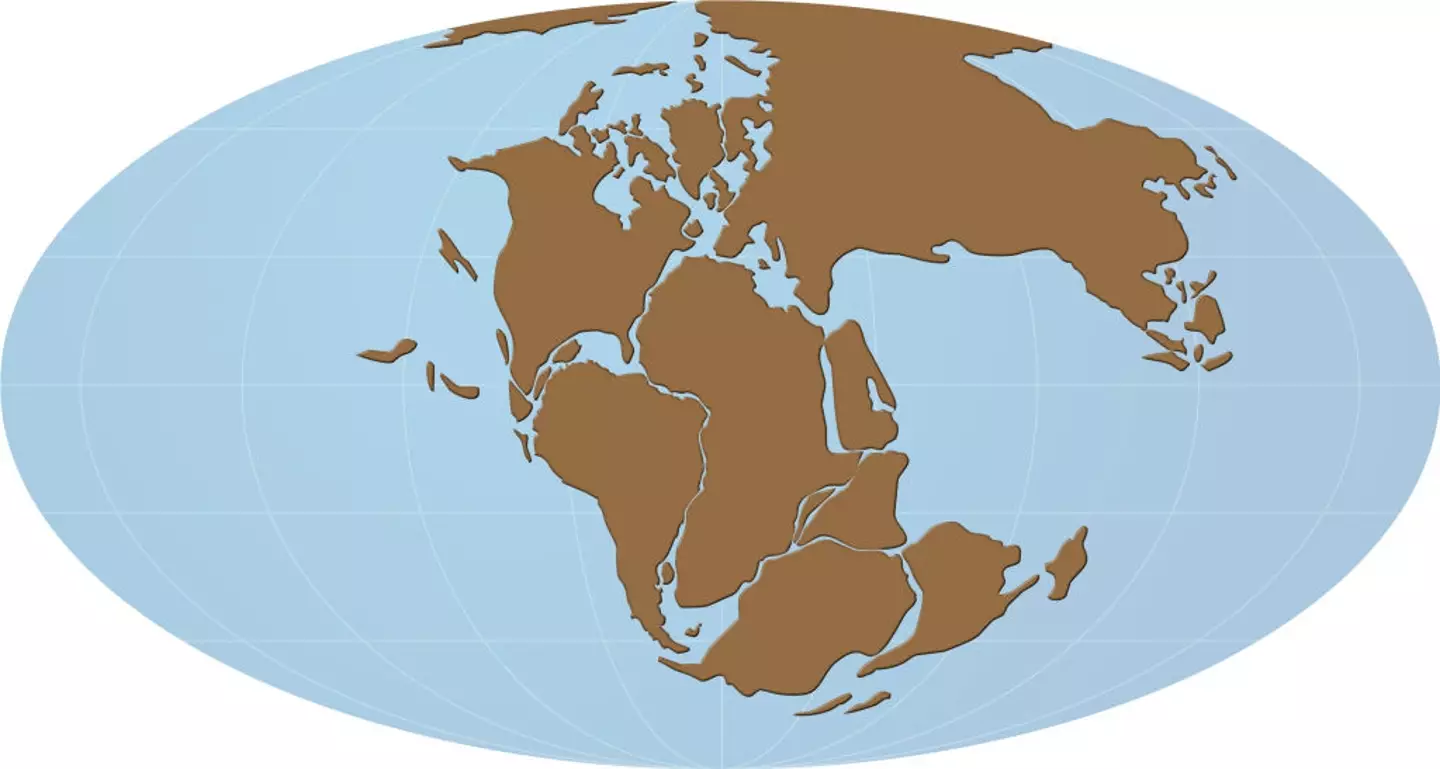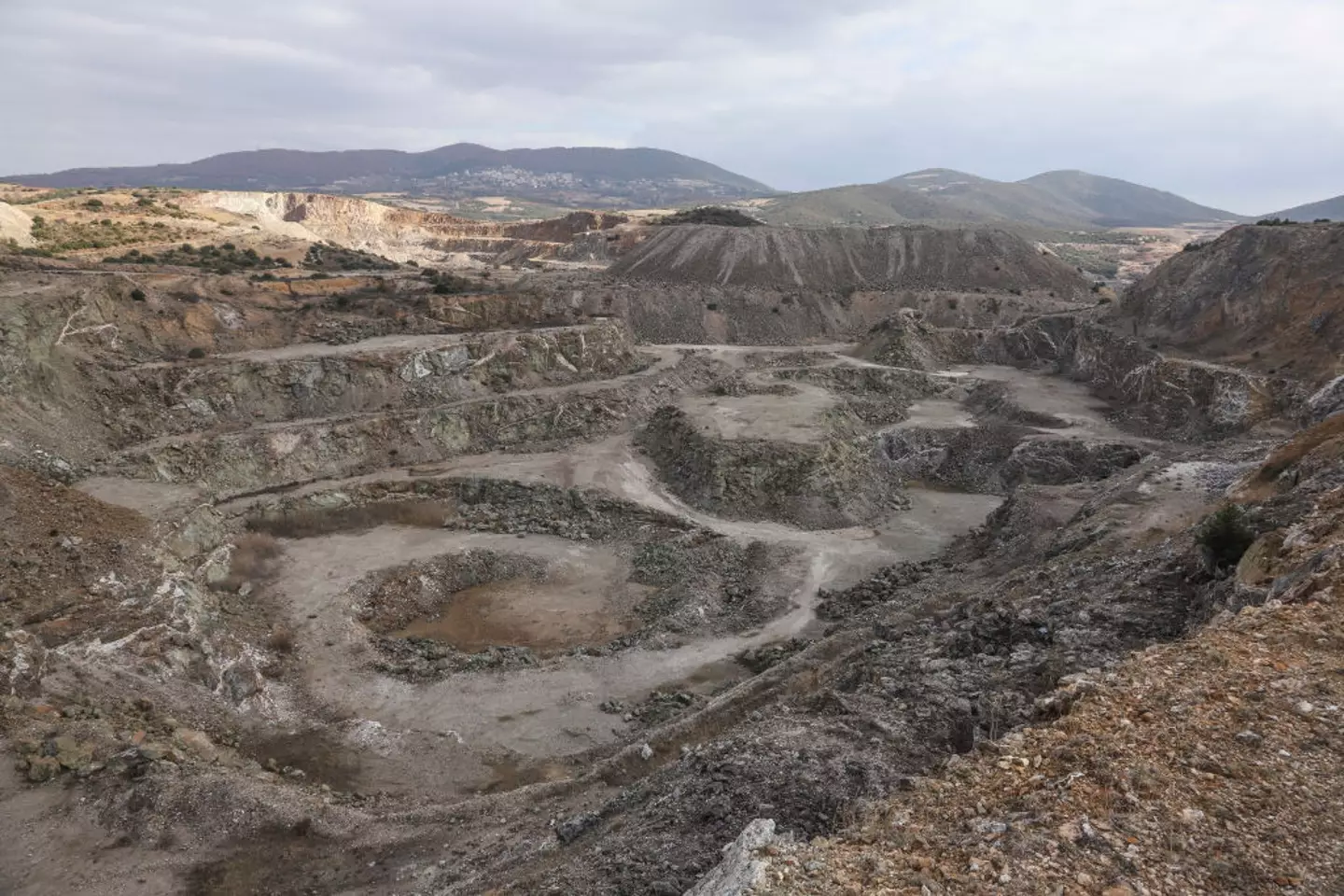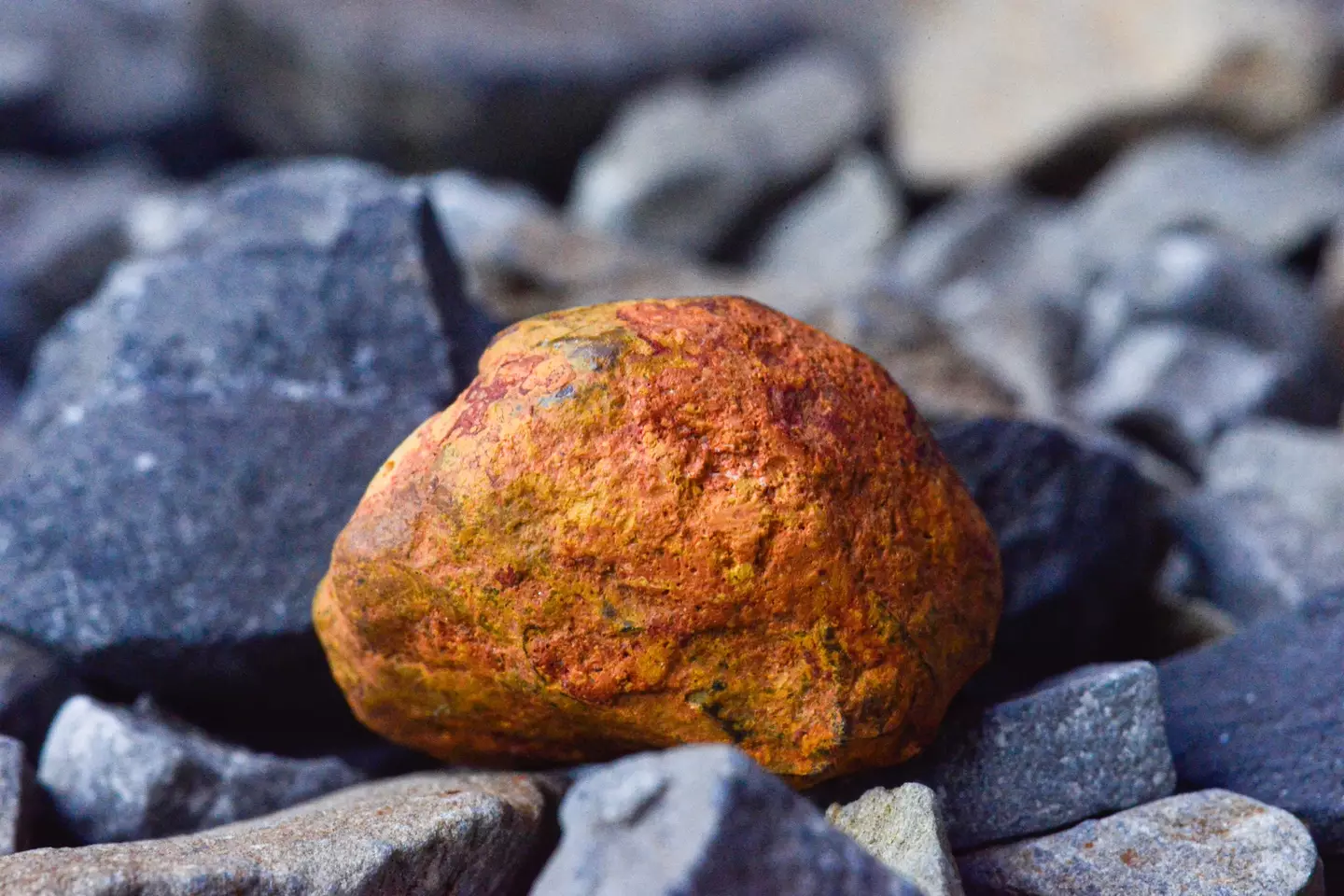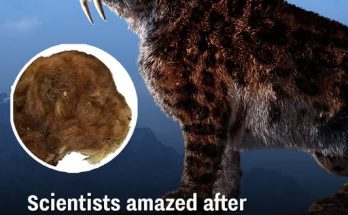
This discovery could tell us lots about the Earth’s origins

Scientists and researchers have uncovered a new discovery dating back over 1,400,000,000 years ago which has altered what we thought about the geological history of the Earth.
New discoveries are made about the Earth every year, from terrifying tribal instruments to fascinating ‘Lost Cities’ deep down in the ocean.
Perhaps the most fascinating of the lot though are those that uncover more about the Earth’s beginnings, and these often come in the form of minerals, metals, and other rare scientific materials.
Researchers have now made quite a significant breakthrough though after discovering that the world’s largest iron ore deposits actually formed much later than previously thought.
Iron pieces located in both Western Australia and and southern Africa have been linked to the Archaean Eon, which is part of the Earth’s crust and is estimated to be between 2.5 and 3.8 billion years old.
It is understood that these iron deposits were formed around 1.1 to 1.4 billion years ago, but a new study has uncovered that the trigger for their formation is linked to the breakup of the supercontinent Columbia.

The break up of supercontinents caused metallic ore deposits to form (QAI Publishing/Universal Images Group via Getty Images)
The breakup, estimated to have occurred 1.5 to 2.5 billion years ago, released mineral-rich fluids that allowed for the formation of these iron-rich ore deposits.
With this discovery and it’s link to these large iron deposits, scientists can now have a greater understanding of the Earth’s history, which could provide a domino effect to many other discoveries in the surrounding areas too.
Postdoctoral associate at the University of Colorado Liam Courtney-Davis explained that “the energy from this epic geological activity likely triggered the production of billions of tons of iron-rich rock from across Pilbara.”
He went on to unveil that “the discovery of a link between these giant iron ore deposits and changes in supercontinent cycles enhance our understanding of ancient geological processes and improves our ability to predict where we should explore in the future.”

Naturally occurring deposits are vital to both industry and research (Nicolas Economou/NurPhoto via Getty Images)
This is vital not only from a scientific perspective – as we’re able to learn more about Earth and its origins – but also from an industrial standpoint too, as mining operations will, in theory, be more sustainable and efficient.
Companies, armed with this information, will be able to greater predict where future metal deposits will be, which not only leads to stronger and more valuable yields but also hopefully less destructive and impactful practices too.
It remains yet to be seen how much this specific discovery will lead into further research, but with so much still to be uncovered about the history of our planet it’s hard to argue that its not a fantastic launching point.Featured Image Credit: Lucas Ninno / John W. Banagan / Getty

Published 15:29 5 Aug 2024 GMT+1
1,400,000,000-year-old discovery changes scientists’ understanding of Earth’s geological history
A new discovery has unlocked more secrets buried deep within the Earth’s crust

A discovery dating back to 1,400,000,000 years ago has completely changed scientists’ understanding of the Earth’s geographical history.
Researchers have unlocked more secrets from the past after a new find has changed everything we thought we knew about the Earth’s history.
It has been uncovered that the world’s largest iron ore deposits, which form part of the Earth’s crust, formed significantly later than previously thought.

These deposits are located in the Hamersley Province of Western Australia and were formed between 1.4 to 1.1 billion years ago.
It forms one of two pieces of crust that are part of Archaean Eon, which dates back to 3.8 billion to 2.5 billion years ago.
The second piece is located in southern Africa.
A new study has now found that the formation process of the deposits was actually triggered by a breakup of the supercontinent Columbia.
The supercontinent is thought to have existed around 2,500 to 1,500 million years ago and it’s thought that when it broke up, it released mineral-rich fluids which would have been vital for the creation of iron ore deposits.

The Earth has gone through stages of different supercontinents (Ianm35/Getty)
In a statement, the study’s lead author Liam Courtney-Davis, a geochronologist and postdoctoral associate at the University of Colorado, Boulder, said in a statement: “The energy from this epic geological activity likely triggered the production of billions of tons of iron-rich rock across the Pilbara.”
Linking the deposit formation to the break of the supercontinent has shed some new light on the geological history of the Earth.
This insight will arm scientists with more knowledge and could help with future exploration under the Earth’s surface.
The iron ore created after the break up of Columbia is an essential part of steel production, which supports other industries around the world.

The discovery has changed what scientists thought they knew about Earth’s geological history (John W. Banagan/Getty)
Courtney-Davis went on to add: “The discovery of a link between these giant iron ore deposits and changes in supercontinent cycles enhance our understanding of ancient geological processes and improves our ability to predict where we should explore in the future.”
This means that the information learnt from the study of the deposits could help geologists in the future to predict where other mineral deposits might be uncovered.
As a result, this could lead to more sustainable mining practices and more efficient methods of extracting these minerals moving forward.
Scientists are particularly excited about this find as they believe it will highlight the importance of tectonic movements in forming mineral deposits.Featured Image Credit: Lucas Ninno/Ianm35/Getty



